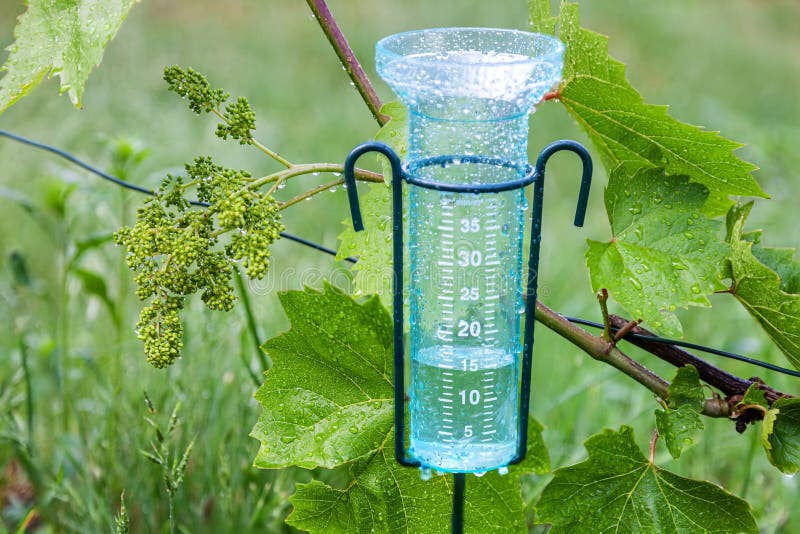How to Select the Right Rain Gauge for Reliable Precipitation Monitoring
How to Select the Right Rain Gauge for Reliable Precipitation Monitoring
Blog Article
Introducing the Science Behind Rainfall Gauges: Exactly How These Devices Play an Essential Function in Environment Research and Ecological Surveillance
Rain assesses, apparently simple gadgets, hold an extensive importance in the world of environment study and ecological surveillance. These unassuming instruments silently accumulate among nature's most important components-- rains. Behind their unpretentious facade lies a complicated science that is vital for recognizing the characteristics of our environment. As we peel back the layers of this scientific veil surrounding rain assesses, we reveal a world where precision, data precision, and thorough observation converge to unveil a deeper understanding of our changing climate and its impact on the planet.
Significance of Rainfall Scales
Rainfall gauges play a crucial role in tracking and gauging rainfall levels, offering essential data for climate study and analysis. These gadgets are basic in measuring the amount of rainfall that occurs in a particular location over a specific duration. By determining and collecting rain, rain determines deal important understandings into the circulation and intensity of rainfall, helping meteorologists, hydrologists, and climatologists in understanding climate patterns and patterns.
One of the crucial reasons why rainfall gauges are crucial is their capacity to supply accurate and local data. Unlike satellite or radar-based dimensions, which provide wider monitorings, rain assesses deal accurate details particular to the area where they are placed. This local data is essential for various applications, consisting of flood forecasting, dry spell tracking, and water source monitoring. Furthermore, long-lasting information gathered from rainfall determines assists in evaluating climate adjustment effects and patterns, adding substantially to clinical research and decision-making procedures. Fundamentally, rain assesses serve as crucial tools in the area of meteorology and ecological science, playing an important role ahead of time our understanding of weather and climate characteristics.
Sorts Of Rain Gauges

Capability and Operation
In the world of climate study and meteorological research studies, the efficiency of rainfall determines lies in their detailed functionality and exact functional systems. Rainfall assesses are created to accurately measure the quantity of precipitation that tips over a specific location during a set duration. These gadgets usually include a funnel that collects rain and networks it into a measuring tube. The gauging tube is noted with adjusted dimensions that enable the accurate quantification of rains.
The functionality of rainfall determines is based upon the concept of measuring and collecting rainwater in a standard way. This collected information is essential for understanding regional climate patterns, tracking long-term climate patterns, and evaluating ecological effects. To ensure exact dimensions, rain evaluates demand to be strategically put in open areas away from obstructions such as buildings or trees that could hinder the collection procedure.
The functional aspect of rainfall determines involves regular maintenance to stop debris build-up, calibration checks to maintain dimension accuracy, and information recording for analysis (rain gauge). Generally, the performance and procedure of rain gauges are important for collecting trusted precipitation data important to climate research study and environmental monitoring
Function in Environment Research Study
Given the important significance of accurate precipitation dimensions in understanding weather patterns and environmental impacts, the function description of rainfall evaluates in environment research study is indispensable. Rainfall determines provide vital data for climate study by measuring the amount of precipitation that tips over a certain location during an offered period. This data is important for checking long-lasting fads in rainfall patterns, analyzing the impact of climate change on rains distribution, and boosting climate versions.

Climate researchers make use of data accumulated from rain determines to examine variations in rainfall levels, recognize local environment fads, and review the effectiveness of water resource administration strategies. By contrasting historic precipitation information with current dimensions, researchers can find shifts in rainfall patterns, such as modifications in the frequency or intensity of rainfall occasions. This information is essential for comprehending exactly how climate modification is influencing precipitation dynamics and can aid policymakers make educated choices pertaining to adjustment and reduction methods.
Applications in Ecological Tracking

In flooding projecting, rainfall gauge data helps to track rainfall intensity and circulation, enabling authorities to issue prompt warnings and take essential steps to reduce flooding threats (rain gauge). Drought tracking counts on rain gauge information to assess moisture degrees in the soil and track precipitation shortages, assisting in the recognition of drought-prone locations and the execution of drought action techniques
Furthermore, rainfall scale data plays an essential role in water source management by providing info on water availability and usage patterns. Additionally, in agriculture, rainfall scale data assists farmers in optimizing irrigation routines, plant selection, and general farm management methods based on neighborhood precipitation patterns.
Final Thought
In conclusion, rainfall determines are essential tools for gauging rainfall, giving beneficial data for environment research and ecological monitoring. With numerous types and capabilities, rain determines play a crucial function in understanding precipitation patterns and their effect on the environment. By properly gauging rains, these tools add to the advancement of scientific understanding and aid in making informed decisions associated to water source management and catastrophe readiness.
Rainfall gauges play an essential duty in tracking and gauging precipitation levels, giving necessary information for climate research and evaluation. The typical rainfall scale, recognized as the "tipping bucket" gauge, is one of the most commonly made use of gadgets. Ultrasonic rainfall assesses use audio waves to spot the visibility of rainfall, providing real-time information on article source precipitation degrees.Environment researchers utilize data accumulated go right here from rainfall evaluates to assess variations in rainfall levels, determine local environment patterns, and evaluate the effectiveness of water resource monitoring strategies.In final thought, rainfall assesses are important tools for determining precipitation, supplying useful information for climate research study and environmental monitoring.
Report this page